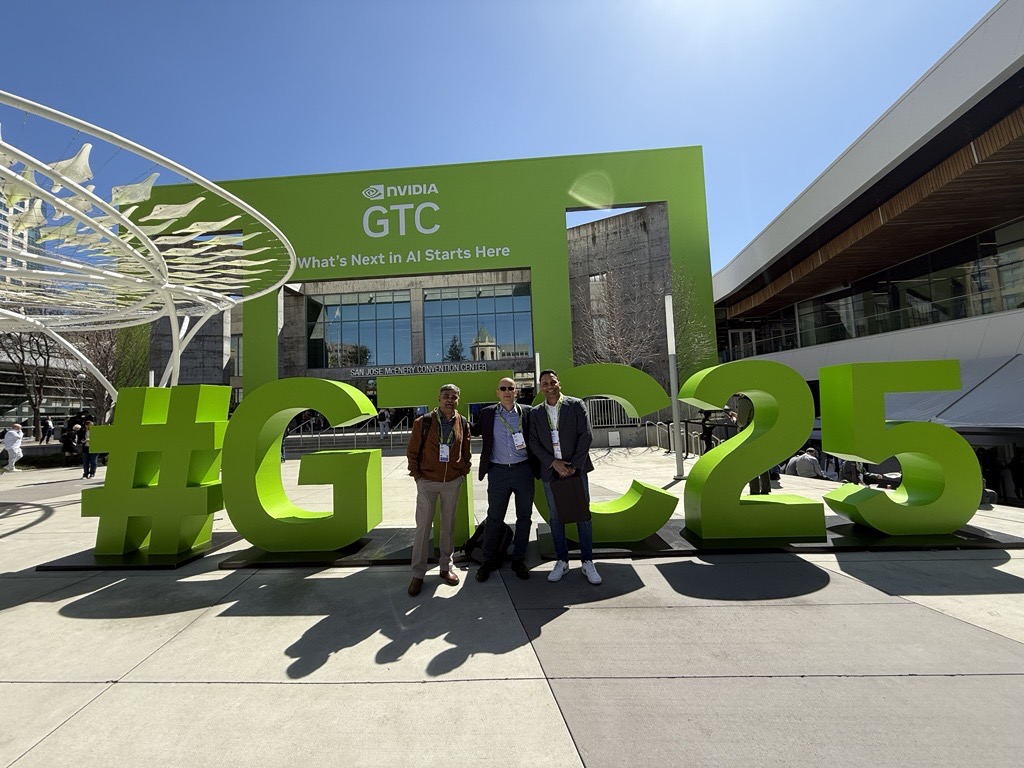 There is no doubt operators must evolve their networks from a hybrid fiber/coax networks (HFC) platform to a converged optical platform delivering Ethernet/IP-based services to the user. This is not your father’s cable industry. With consumers watching more content on You Tube, Hulu and Netflix, they are not necessarily watching everything at home. Consumers are mobile and they are watching content at anytime and anywhere.
There is no doubt operators must evolve their networks from a hybrid fiber/coax networks (HFC) platform to a converged optical platform delivering Ethernet/IP-based services to the user. This is not your father’s cable industry. With consumers watching more content on You Tube, Hulu and Netflix, they are not necessarily watching everything at home. Consumers are mobile and they are watching content at anytime and anywhere.
In our latest infographic—The Evolution of the Broadband Network—we highlight several areas where operators should consider to provide the necessary bandwidth. Network evolution will vary from operator to operator. It will be based on available capital, competition and the current state of the network; however, migration phases will drive changes to the network.
Pushing Fiber Deeper
Today, operators are serving between 250 and 1,000 homes per HFC node. This level of bandwidth creates congestion and over-subscription during peak demand periods. To improve speed and capacity during peak periods, operators must continue to split nodes and create smaller service group sizes. Node splits will shrink service groups over a period of time to a range of 64 to 250 homes.
Headend Convergence
Networks and network management systems can be more efficient by aligning video and service groups. How can you eliminate service group separation and simplify the headend? The answer is by deploying a universal platform supporting carrier channels for both video and DOCSIS.
Passive Optical Networks
Passive optical networks (PON) are one of the most cost effective methods of enhancing the IP infrastructure and helps with the deployment of a network capable to address residential and small-to-medium enterprises with more than 10 GBPS of bandwidth service requirements. While an EPON solution works well for expanding networks into 200 to 300 new home builds on a financial payback model, the use of Radio Frequency over Glass (RFoG or RF PON) is a network architecture that can cost effectively integrate smaller new builds into an existing HFC infrastructure (the infrastructure is the same for RFoG and PON).
Networks of Tomorrow
For service areas where subscriber growth, node splits or migration to serve commercial services are forecasted in the future, the installation of a microduct as part of an outside plant upgrade allows for blowing of microfiber cables at a later time. Small format microfibers, in configurations up to 144 fibers, can be air blown in to microducts at speeds exceeding 250 feet per minute at lengths of thousands of feet. This will result in a rapid and cost effective way to push fiber deeper to the node or subscriber without the incremental cost of aerial or underground construction while maintaining the coaxial cable to support network power requirements.
These are just a couple of examples from The Evolution of the Broadband Network infographic. Check it out for some more statistics depicting how this evolution is driving the cable and broadband markets.





